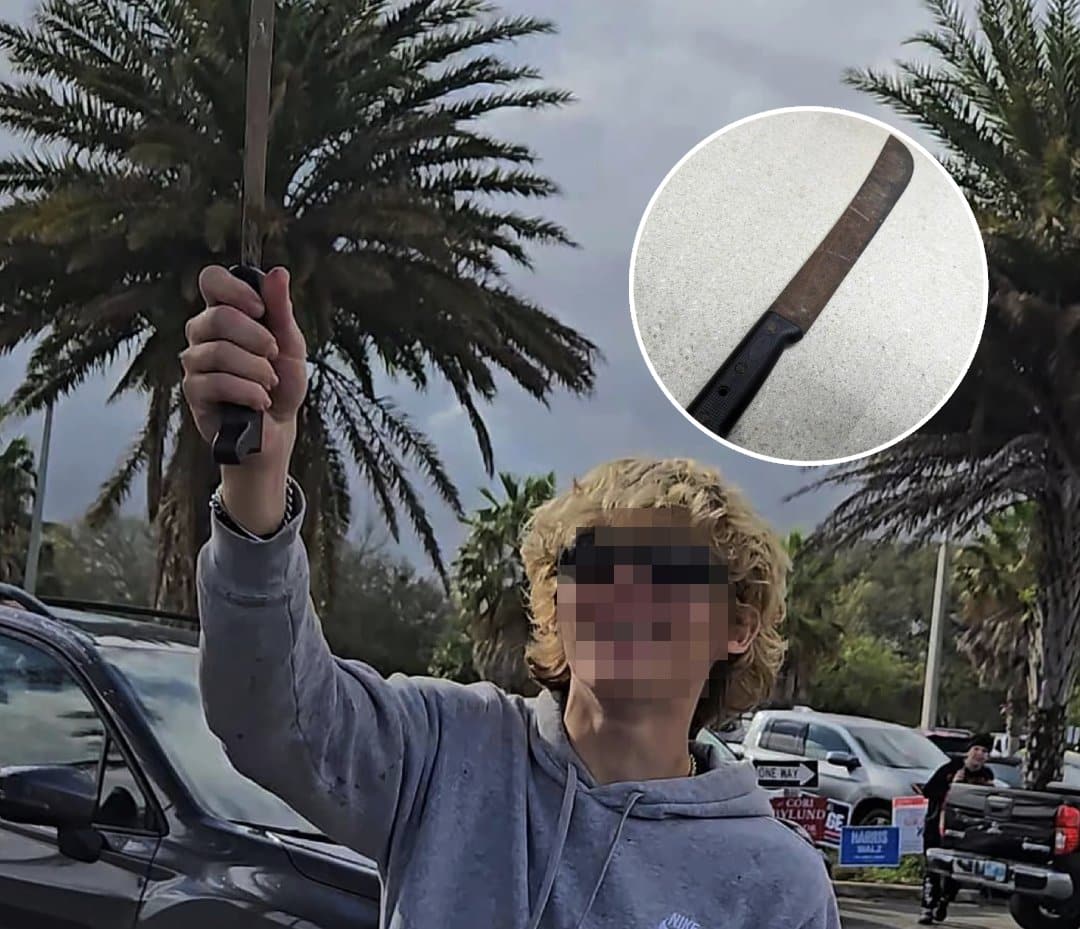Virus Watch was funded by The United Kingdom Research and Innovation (UKRI) Medical Research Council (MRC) & the Department of Health and Social Care National Institute for Health and Care Research (DHSC NIHR) in April 2020 under the COVID-19 Rapid Response Call 2. The motive behind Virus Watch was to bring together an experienced team of respiratory infectious disease epidemiologists to establish a national community cohort study of COVID-19 in Wales and England households.
Due to their underrepresentation in the cohort and the risk of hospitalization and death from COVID-19, additional funds were allocated for recruiting migrants and minority ethnicities. Further funding was also provided after the availability of vaccines in the United Kingdom in December 2020.
A new study posted on the pre-print medRxiv* aimed to discuss how Virus Watch provided public health approaches that were effective for the investigation of community incidence, symptom profiles, and the transmission of COVID-19, as well as the effectiveness of the COVID-19 vaccines.
 Study: Cohort profile: Virus Watch: Understanding community incidence, symptom profiles, and transmission of COVID-19 in relation to population movement and behaviour. Image Credit: Dmitry Kovalchuk / Shutterstock
Study: Cohort profile: Virus Watch: Understanding community incidence, symptom profiles, and transmission of COVID-19 in relation to population movement and behaviour. Image Credit: Dmitry Kovalchuk / Shutterstock
About the study
The study involved recruiting participants through postcards, adverts, and leaflets. The Royal Mail Post Office Address File was used to generate the list of sampled residential addresses where the Virus Watch recruitment postcards were to be sent. Enrolled participants who lived within 5 km were asked to join the laboratory cohort, while those who lived within 10 km were asked to visit the nearest clinic for serological sampling.
Moreover, 9 out of 15 NIHR Local Clinical Research Networks (LCRNs) in England were contacted to send SMS messages with the study link from General Practitioner (GP) clinics to their patient lists. Targeted letters based on ethnicity, along with a £20 voucher incentive per household, were also sent for the participation of minority ethnic participants. Digital invitations were sent via WhatsApp, Twitter, and Facebook. Additionally, radio and television appearances by the study team and newspaper articles were utilized to recruit participants.
Nasal swabs for PCR testing of SARS-CoV-2 were collected from the participants if they experienced symptoms such as fever, loss or change of sense of taste or smell, or cough for two days or more between October 2020 and May 2021. Blood samples were collected from vaccinated participants between February and August 2021 and every other month from September 2021 to March 2022. The participants were followed up quarterly for up to 5 years. A short survey was done for missing demographics at baseline, while gender was assigned based on the probability of the given names being male or female.
Study findings
The results indicated that 58,628 participants were included in the study from 28,527 households whose mean age was 48 years. More deprived communities were observed to be affected disproportionately by the social, health, and economic effects of the pandemic. Participants in the deprived areas were reported to be more likely to leave their house to go to work or school, share a car with a non-household member, use public transport, have close contact with a non-household member, and visit an essential shop. This mostly led to higher infection rates in the deprived regions.
Analysis of participants who received two doses of ChAdOx-S1 or BNT162b2 vaccine 3 weeks and 20 weeks after the second dose indicated antibody waning for both vaccines. However, the peak was reported to be higher after the BNT162b2 vaccination. People with lower antibody levels were reported to be at a higher risk of infection. Anti-S levels were observed to be higher post-booster as compared to the post-second dose, which was similar after 6 months for BNT162b2 recipients. Although the peak antibody levels were reported to be lower for ChAdOx-S1 as compared to BNT162b2 recipients, no differences were reported for post-booster antibody levels. Higher peak anti-S levels post-booster indicated increased efficacy of booster vaccination against infection with the Omicron variant.
Therefore, the current study demonstrated that the Virus Watch cohort set up in April 2020 effectively provided information on COVID-19 among different households in the United Kingdom. The study indicated that participants in deprived regions were at a greater risk of infection. It also indicated the waning of vaccine-induced immunity and the importance of booster vaccination to control infections caused by the Omicron variant.
Limitations
The study has certain limitations. First, the study sample might be biased toward people who are interested in COVID-19 as well as health research. Second, households with more than six members were not included in the study, so the results are not generalizable for these groups. Third, several demographic groups and some ethnic groups were underrepresented in the study. Fourth, the retention of participants decreased over the two years the study has been running.
*Important notice
medRxiv publishes preliminary scientific reports that are not peer-reviewed and, therefore, should not be regarded as conclusive, guide clinical practice/health-related behavior, or treated as established information.

 PARENTING TIPS
PARENTING TIPS







 PREGNANCY
PREGNANCY








 BABY CARE
BABY CARE








 TODDLERS
TODDLERS








 TEENS
TEENS








 HEALTH CARE
HEALTH CARE






 ACTIVITIES & CRAFTS
ACTIVITIES & CRAFTS








 CONTACT
CONTACT ABOUT
ABOUT












